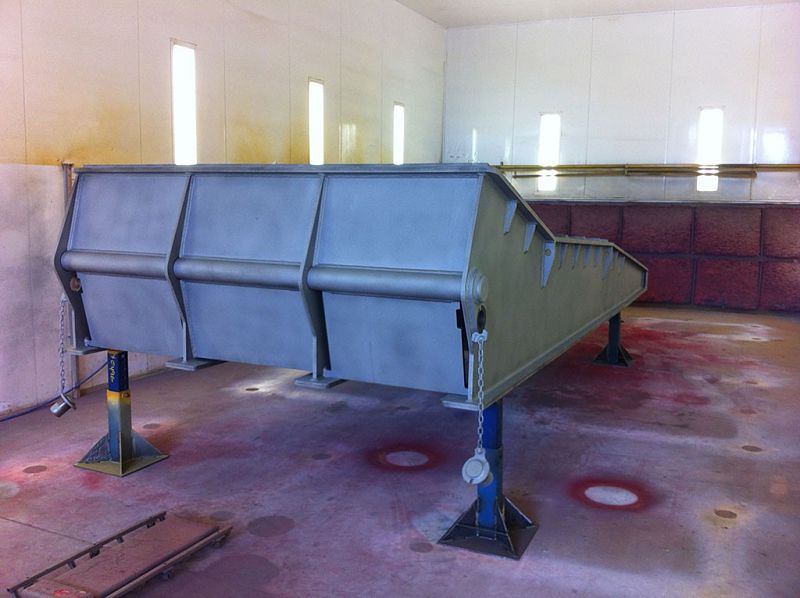Sandblasting vs Soda Blasting: A Comparison
As a leading provider of sandblasting Perth WA, we understand that the differences between the various types of blasting services we offer can be confusing. Our clients often approach us for clarification, and we’re happy to dispense insider knowledge whenever we can. That’s part of being a specialist, after all!
A particularly common enquiry that we regularly field has to do with the difference between two of our main types of blasting products: sandblasting and soda blasting.
Both are used for a variety of industrial and residential blasting purposes, particularly before applying a coat of paint or coating. In this post, we’re going to take an up-close look at both forms of blasting and let you know about a few of the pros and cons of each.
Sandblasting
Sandblasting is actually a colloquial term — in that these day, the process often doesn’t even involve sand. Instead, this refers much more broadly to any type of abrasive blasting used to strip paint from metal or machinery. It’s also useful for stripping away rust.
At Direct Blast, we use steel grit as our blasting medium. This is well-suited for quick and effective stripping and removal of surface contaminates.
Let’s look at the pros and cons of sandblasting:
Pros
- Highly abrasive and capable of stripping tough surfaces quickly and effectively.
- Ideal for industrial machinery and equipment that that can withstand high pressure.
- Effective in removing rust.
Cons
- Can create heat and lead to warping on unsuitable surfaces, such as vehicle roofs, bonnets and lids.
- High abrasive action means that the surface being stripped needs to be treated quickly (typically within 24 hours) to prevent rust from forming.
Soda Blasting
A relative newcomer to the abrasive blasting scene, soda blasting stands out because — technically speaking — it’s not abrasive at all. This is a semantic distinction, and we group soda blasting under our list of abrasive blasting services because it accomplishes the same goal. But the mechanism through which it works is slightly different.
In this case, our blasters use good, old-fashioned sodium bicarbonate (i.e. baking soda). With that in mind, it’s also 100% environmentally safe — making soda blasting preferable to sandblasting when possible.
Pros
- Non-abrasive, and therefore suitable for lighter materials such as fibreglass, wood, plastic and aluminium.
- Doesn’t warp or damage surfaces, because no heat is produced on impact.
- Suitable for vehicles and will not damage glass, chrome or rubber.
Cons
- Does not remove rust.
- Costs marginally more than traditional sandblasting.
As you can see, both forms of blasting are effective, and each has its own niche applications. If you’d like to learn more about these two processes, don’t hesitate to contact the sandblasting Perth WA experts at Direct Blast.

